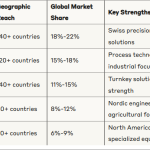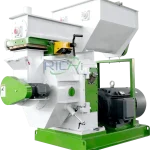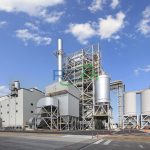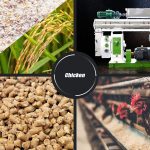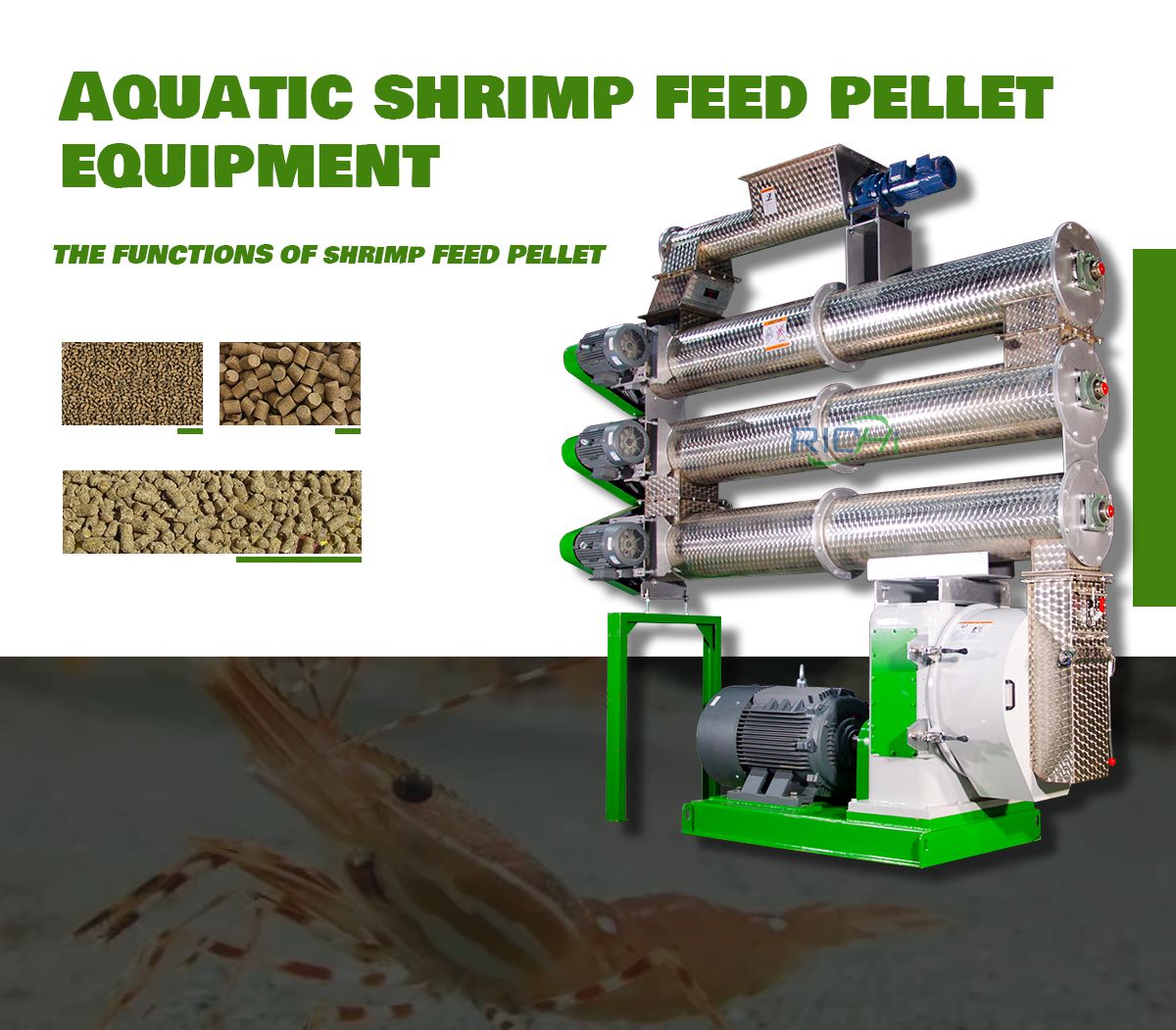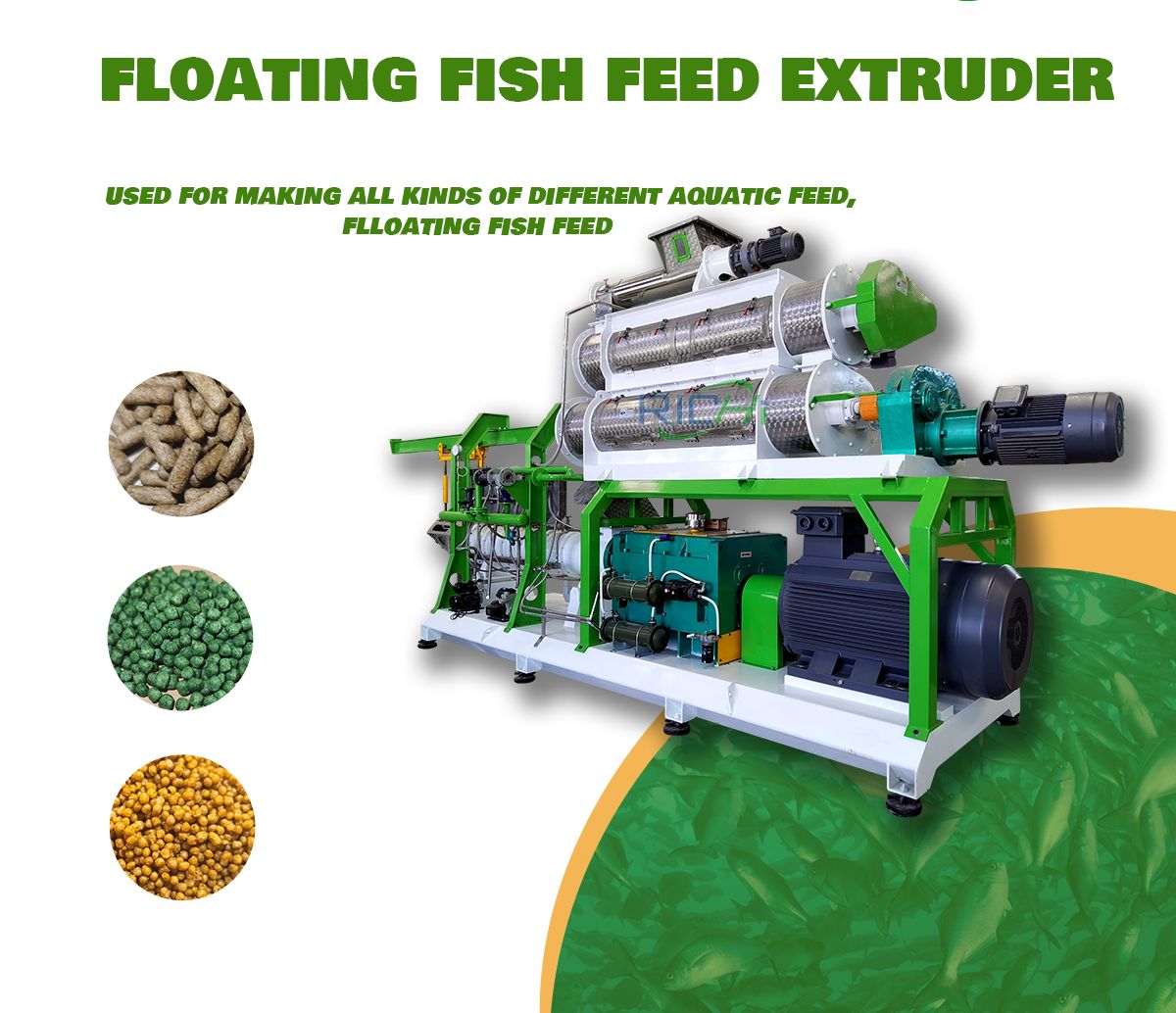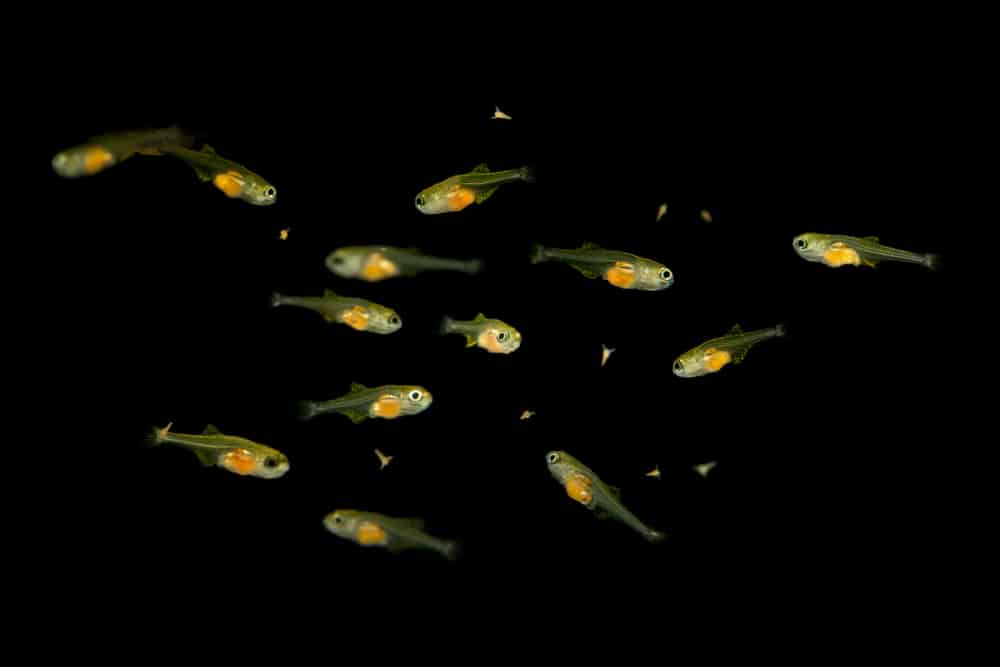The size of a fish feed machine can have a significant impact on its production capacity. Production capacity refers to the amount of feed that a machine can produce in a given period, usually measured in tons per hour.
Generally, larger fish feed machines have higher production capacities than smaller ones. This is because larger machines have larger motors and more processing components, allowing them to process larger volumes of raw materials and produce more feed pellets per hour. Additionally, larger machines can process raw materials more efficiently, reducing processing times and increasing overall production capacity.
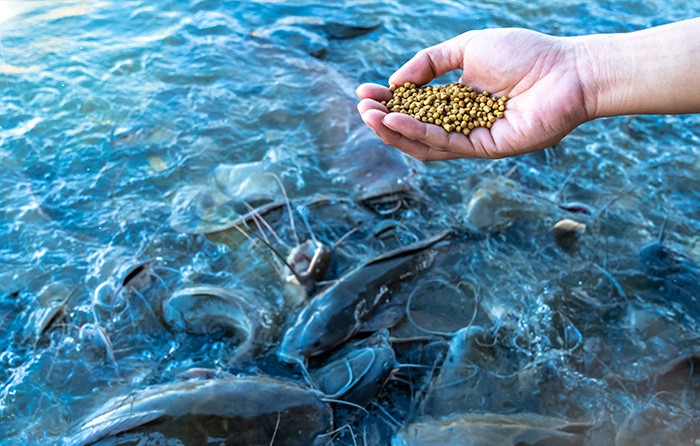
However, it is essential to note that production capacity is not solely determined by the size of the machine. Other factors, such as the quality and type of raw materials used, the operator’s skill and experience, and the machine’s design and functionality, can also impact production capacity.
Moreover, it is also crucial to consider the production needs of the aquaculture operation when selecting a fish feed machine. A machine that is too small for the operation’s needs may not be able to produce enough feed, leading to production delays, while a machine that is too large may be costly and inefficient for the operation’s production requirements.
Therefore, when selecting a fish feed machine, it is important to consider the size of the machine in relation to the operation’s production needs, as well as other factors that can impact production capacity. By choosing the right size machine for the operation, aquaculture producers can ensure that they can meet their feed production requirements efficiently and effectively.

